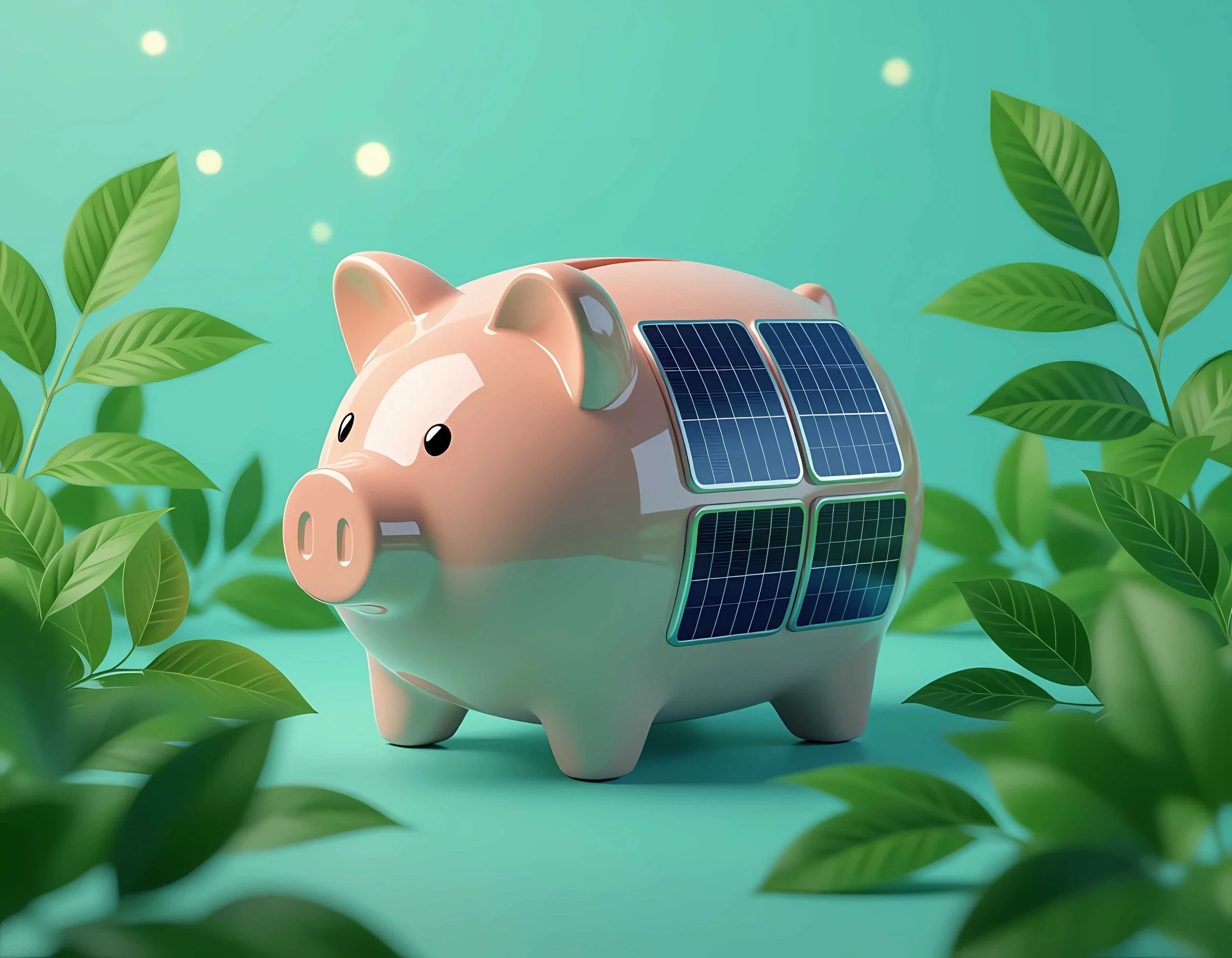How Renewables Are Keeping Energy Prices in Check
by Dan Roscoe, CEO of Roswall
Energy prices have become a flashpoint around the world. Fossil fuel volatility, geopolitical shocks, and infrastructure bottlenecks have pushed costs higher, leaving households and businesses exposed. Yet in markets where renewables have scaled quickly, we see a different story emerging: price stability, long-term certainty, and insulation from the worst of global swings.
Renewable projects, backed by long-term power purchase agreements (PPAs), are proving to be one of the most effective tools for stabilizing electricity prices around the globe. By locking in costs for clean electricity generation, PPAs shift risk away from consumers while also creating predictability for investors. This combination of affordability and certainty is the foundation of an emerging model for energy security.
Fossil fuels are inherently volatile because they are traded globally and subject to coordinated supply management by groups such as OPEC. Oil and gas prices are vulnerable to conflict, supply shocks, and speculation in ways no government or utility can fully control.
Canadians have seen this impact firsthand. Crude oil prices and the Consumer Price Index move almost in lockstep, underscoring how deeply fossil fuel swings ripple through the broader economy.
Natural gas markets are no exception. Even in Canada, where supply is plentiful, price shocks in natural gas have spilled into electricity markets. In 2021–2022, households and businesses across the country faced higher bills as fuel costs spiked, reinforcing the structural risk of tying our electricity to commodities set on global exchanges.
The renewable effect
Renewables change this equation. Once built, wind, solar, and hydro projects have near-zero fuel costs. They generate electricity without exposure to oil or gas markets, which means they operate outside the cycle of boom and bust.
The results are striking. Countries with high shares of renewables, such as Denmark, Spain, and Portugal, have seen wholesale power prices fall as renewables increasingly set the marginal price. In 2023, Portugal even ran on 100% renewables for six straight days, pushing wholesale electricity prices close to zero. These moments demonstrate that renewables are not just a climate solution, they are also a structural advantage for consumers.
The missing piece is how to translate renewable stability into customer stability, an area in which power purchase agreements play a decisive role.
A PPA is a long-term contract between a generator and a buyer, whether a utility, corporation, or government. The contract locks in a fixed or indexed price for renewable electricity over many years. For developers, this provides the revenue certainty needed to finance projects. For buyers, it guarantees predictable costs over the contract’s life, insulating them from commodity swings.
Corporations such as Amazon, Microsoft, and Google have signed multi-gigawatt PPAs around the world. While sustainability is part of the story, the driver is also economics: stable energy prices are a competitive advantage. Closer to home, Hydro-Québec’s long-term contracts with New England states effectively operate as government-to-government PPAs, demonstrating that stability can scale across borders.
Why this matters for Canada
As Nova Scotia and other provinces bring more renewables online, PPAs offer a clear path to shielding consumers from future shocks. Industrial buyers in particular stand to benefit. Predictable energy costs allow them to plan investments, strengthen their sustainability credentials, and manage risk in volatile global markets.
The benefit does not stop with individual buyers.
Long-term clean contracts anchor investment in new renewable capacity, lowering system-wide exposure to fossil fuel volatility. Regulators should recognize that PPAs are not simply procurement tools. They are policy levers that deliver consumer protection, economic competitiveness, and climate alignment in a single package.
Infrastructure is the hinge. Renewables only stabilize prices if the electricity can move efficiently to where it is needed. That requires modernized grids and stronger interties that connect provinces and regions. PPAs create the demand signal, but infrastructure ensures the supply can reach customers.
At Roswall, our focus is on projects designed for this reality: scalable renewables backed by long-term certainty, connected to the grids that link local customers with export markets. We see PPAs and interconnection as complementary tools for building resilience into the Canadian grid.
Energy price shocks will not vanish overnight. But renewables backed by PPAs are already showing that stability is possible. They provide certainty where fossil markets bring volatility, and predictability where short-term trading brings risk.
The lesson from global markets is clear. Building more renewables and expanding the reach of PPAs is a price stability strategy. For Canada, it is also a competitive strategy, ensuring that households and businesses are protected from global swings while reaping the benefits of a growing clean energy economy.
The path forward is practical, proven, and already underway. With the right mix of renewable investment, long-term contracts, and modern infrastructure, we can build an energy system that is both cleaner and more affordable,
This is the foundation of a resilient energy economy that will benefit all for decades to come.
—
Dan Roscoe is the CEO of Roswall Development, a renewable energy developer, and President of Renewall Energy, a renewable energy provider, both based in Halifax, Nova Scotia. His work is focused on building the infrastructure for a cleaner, smarter energy future across Canada and beyond.

